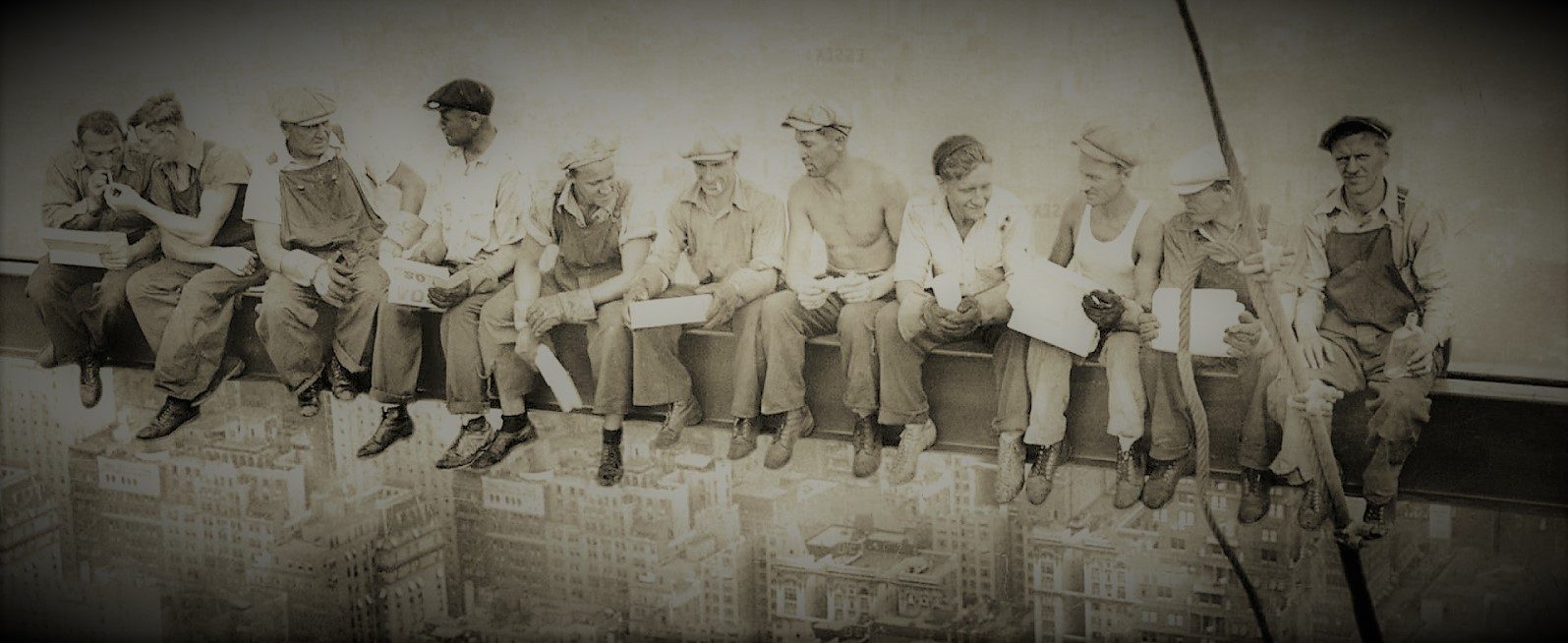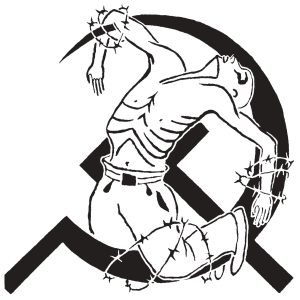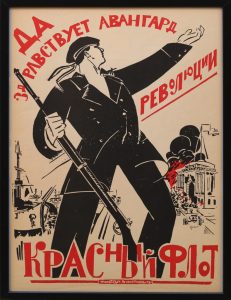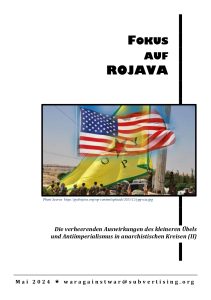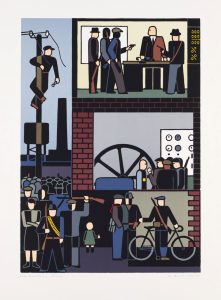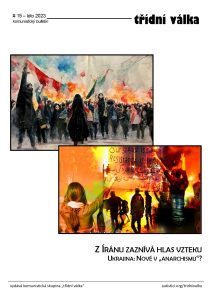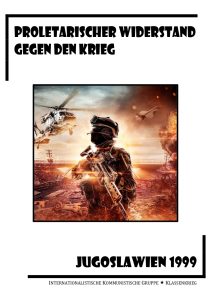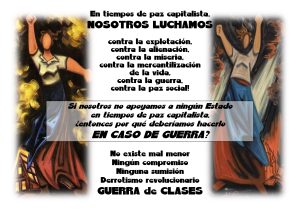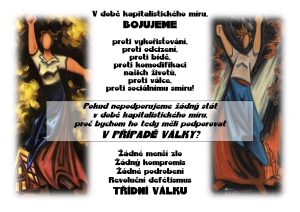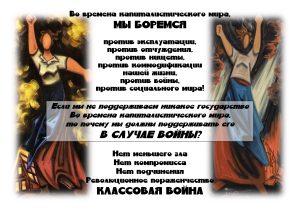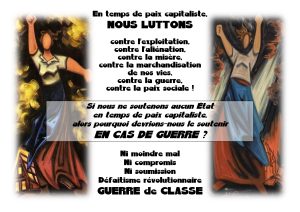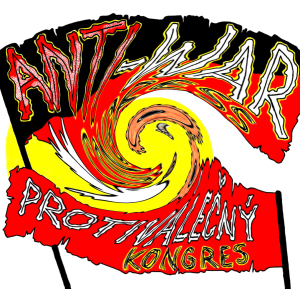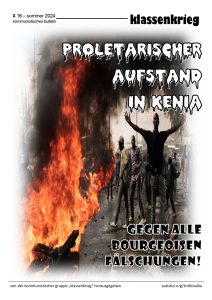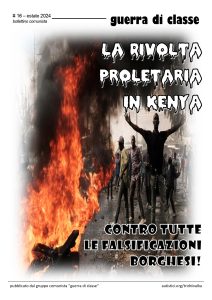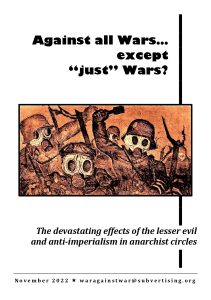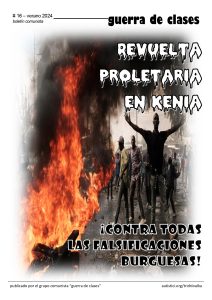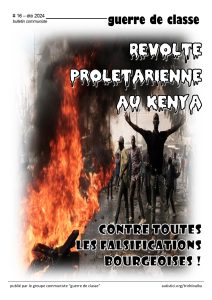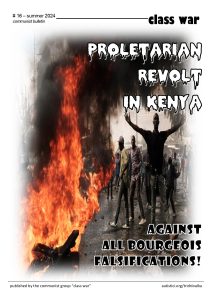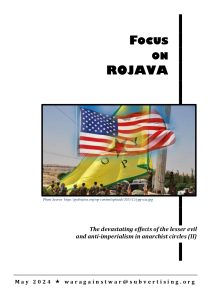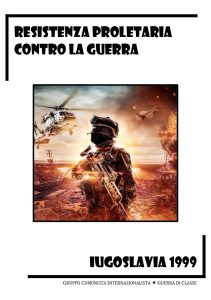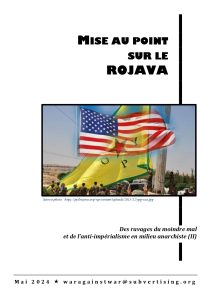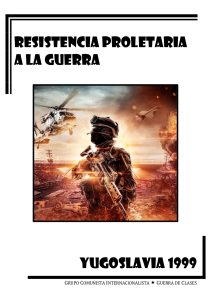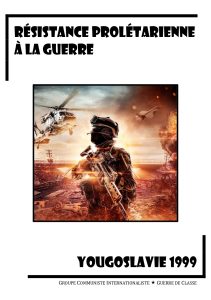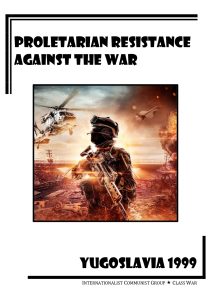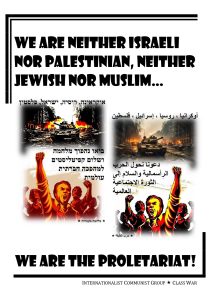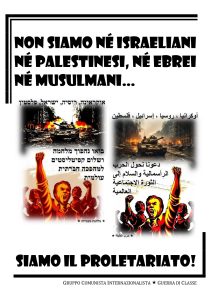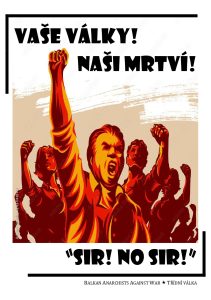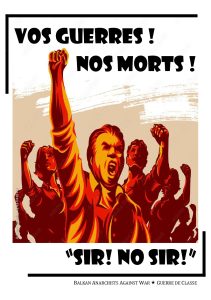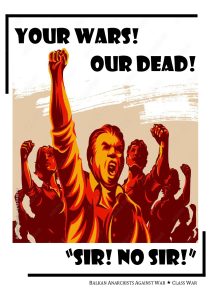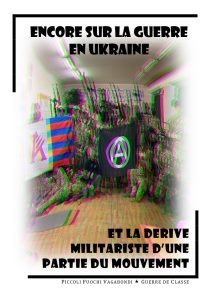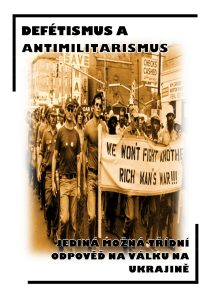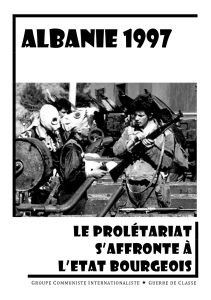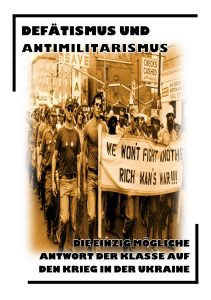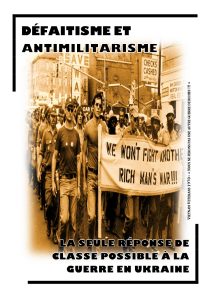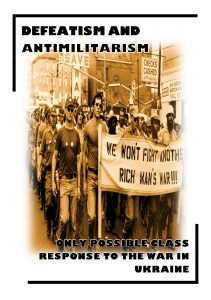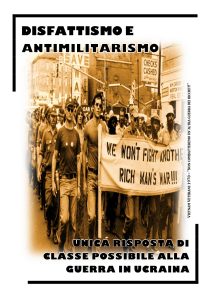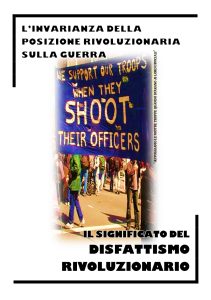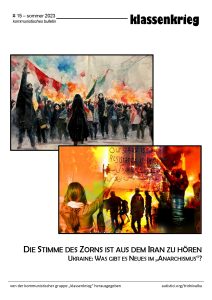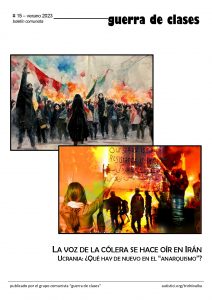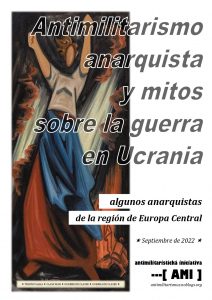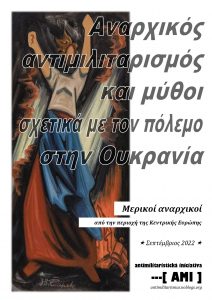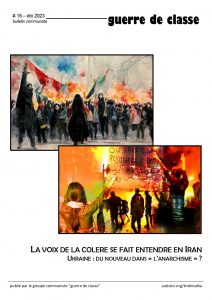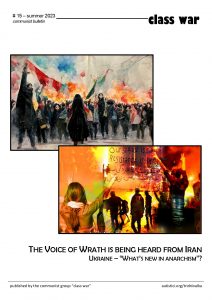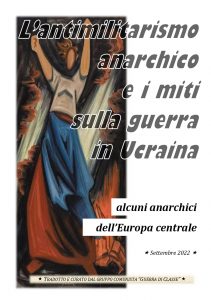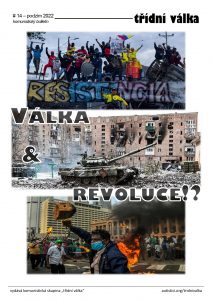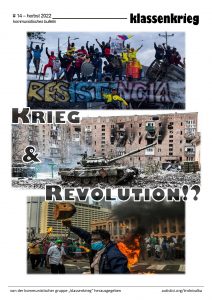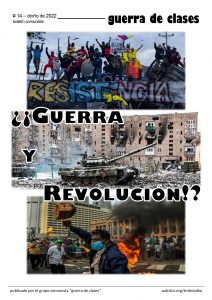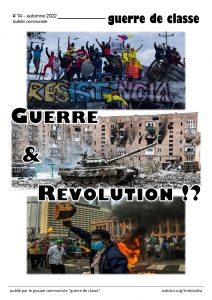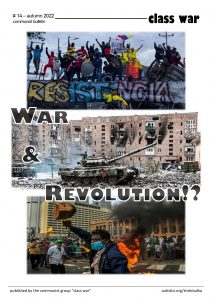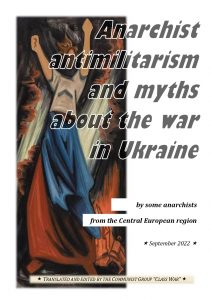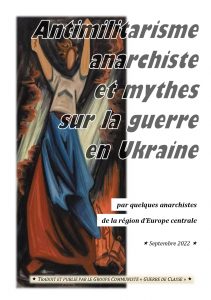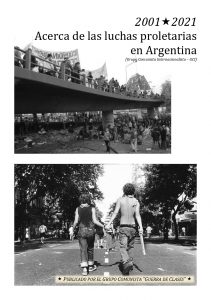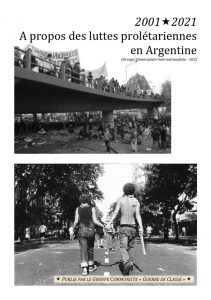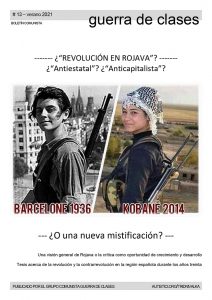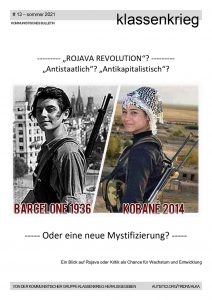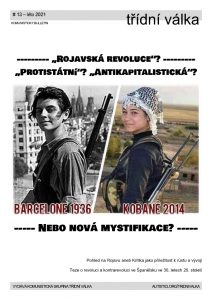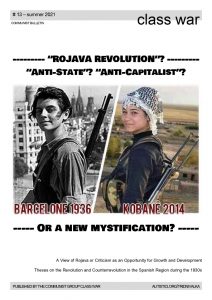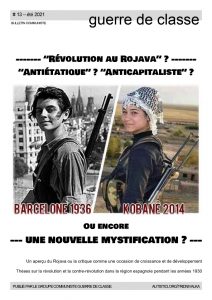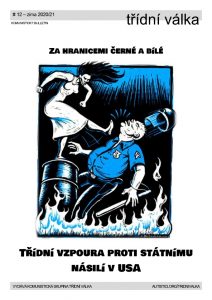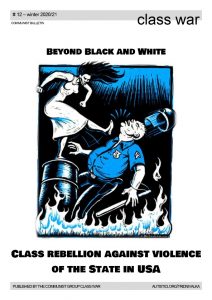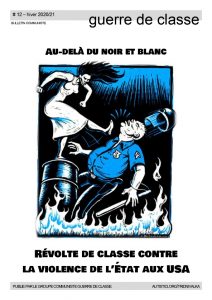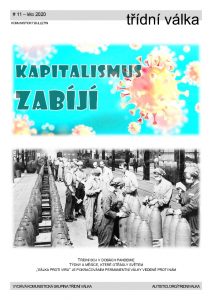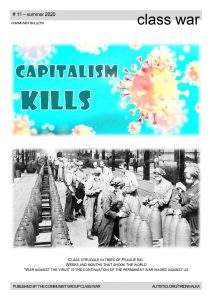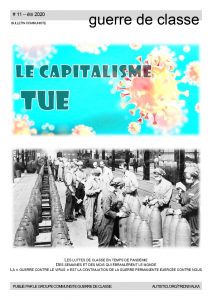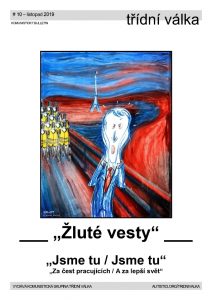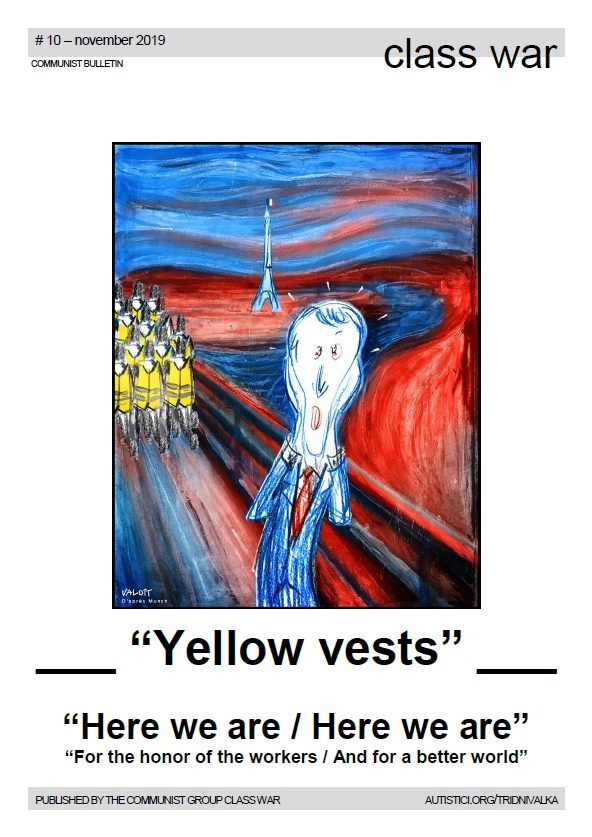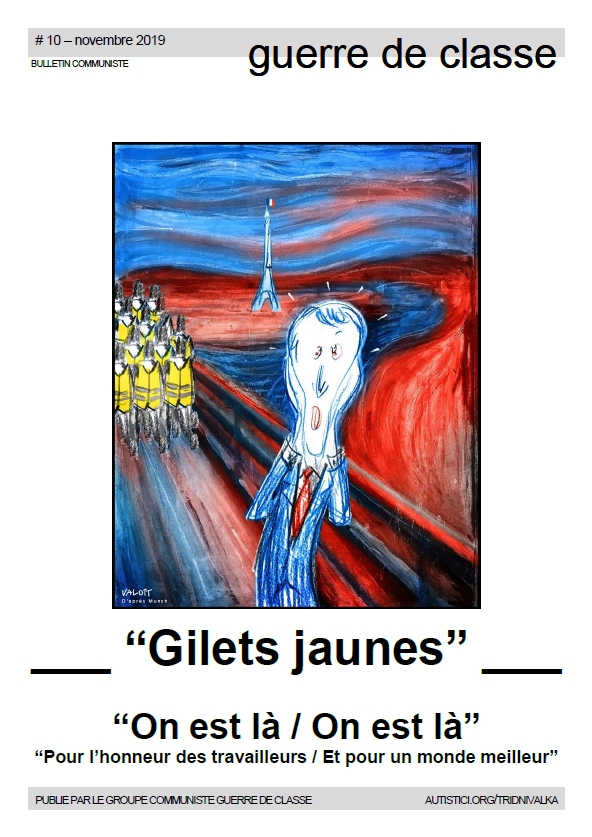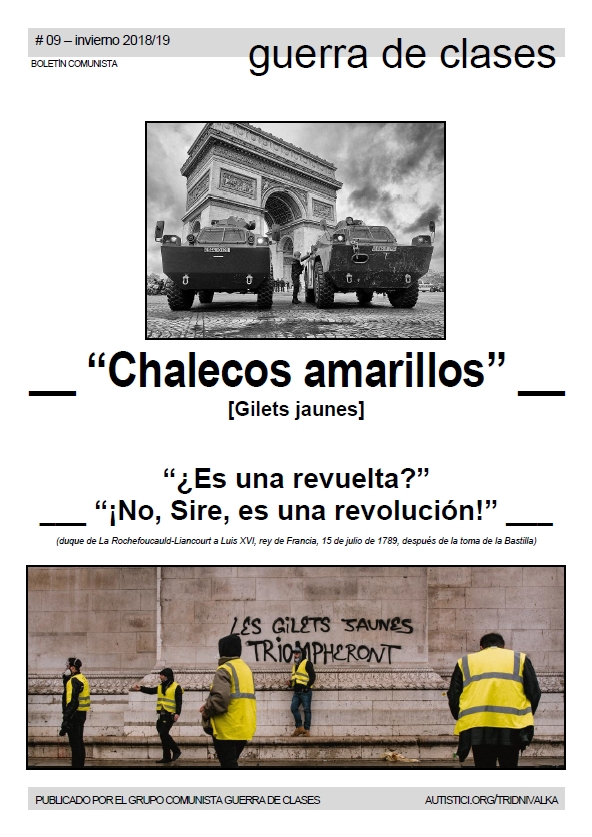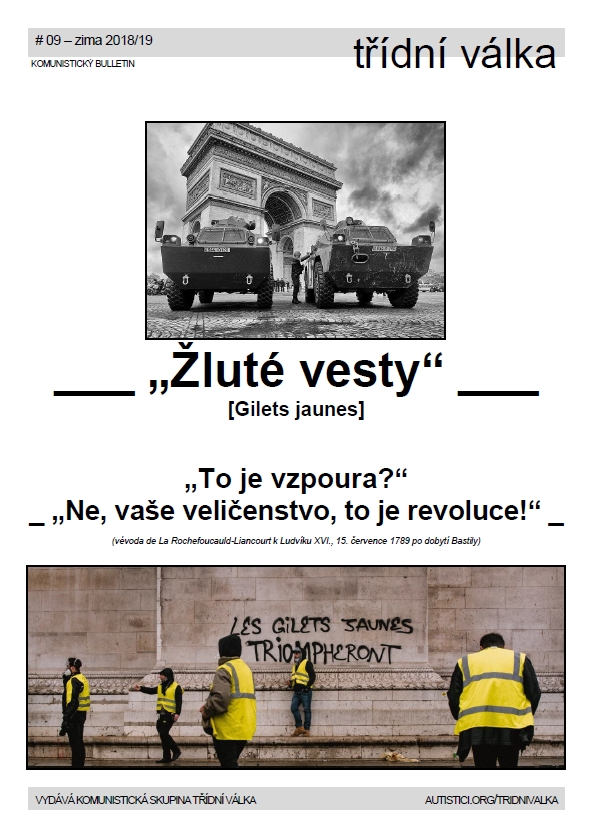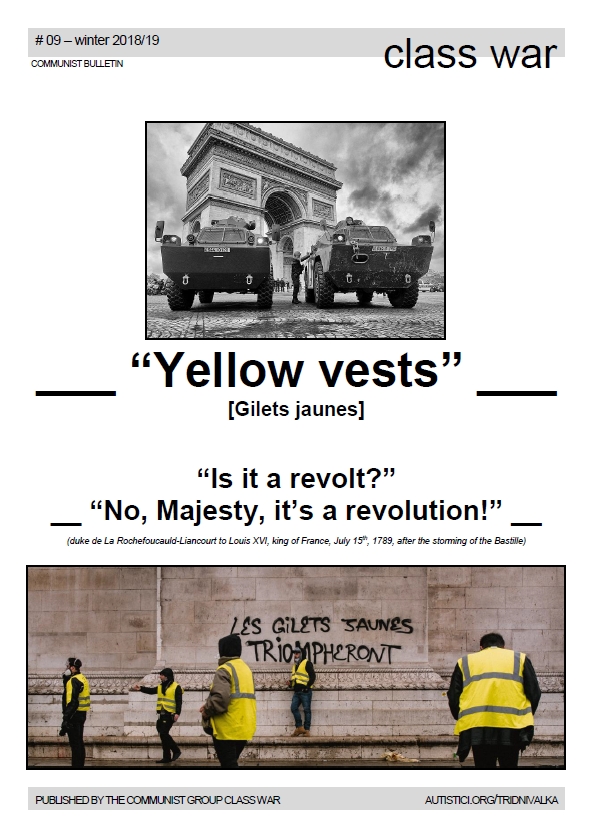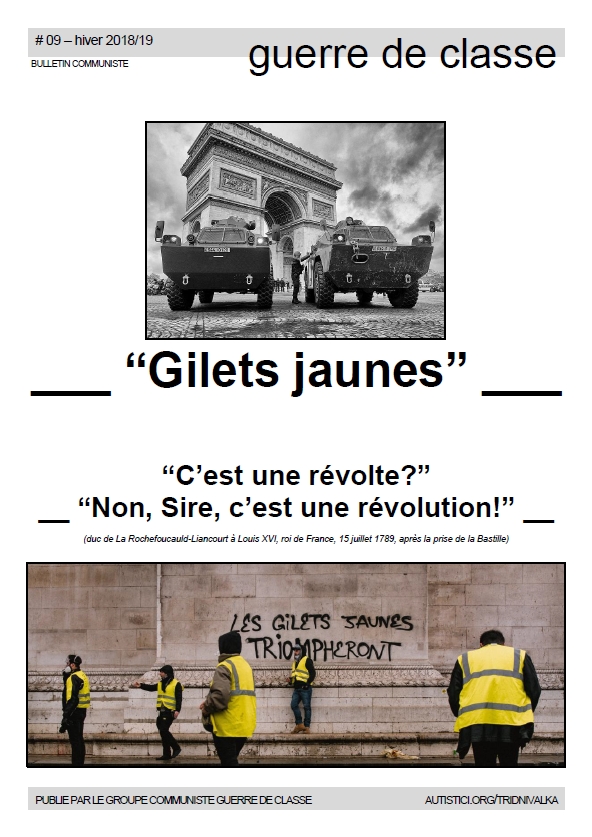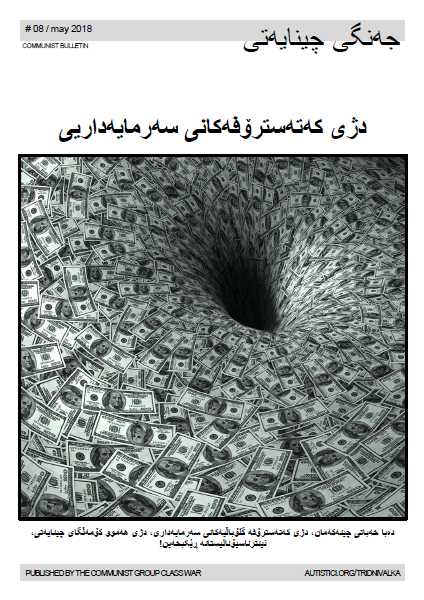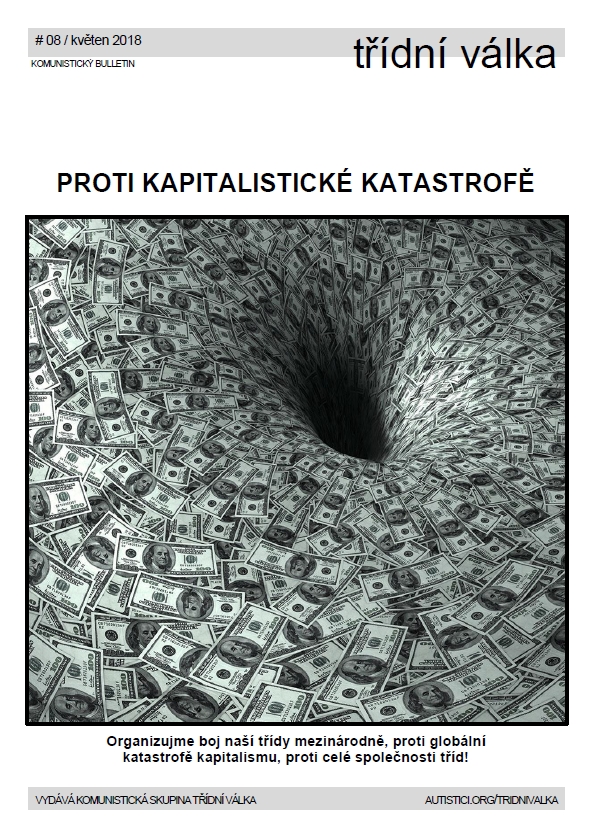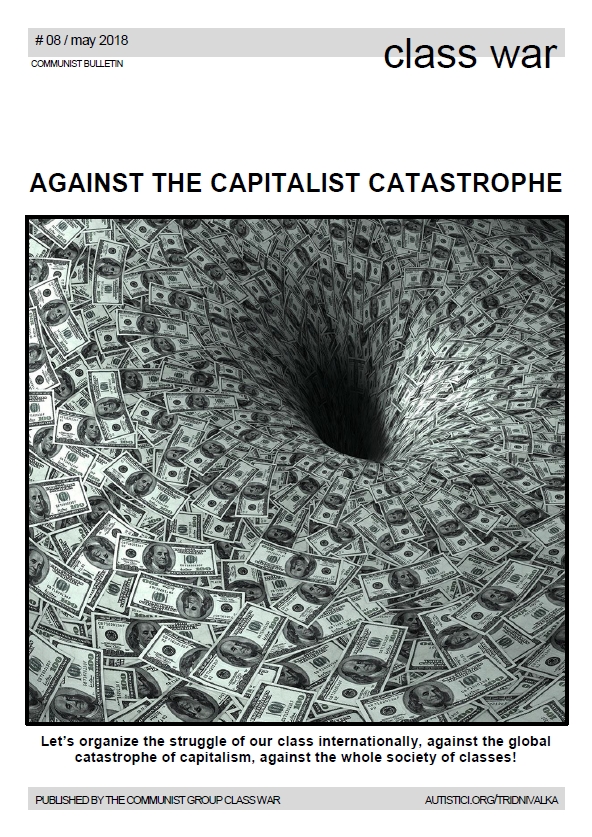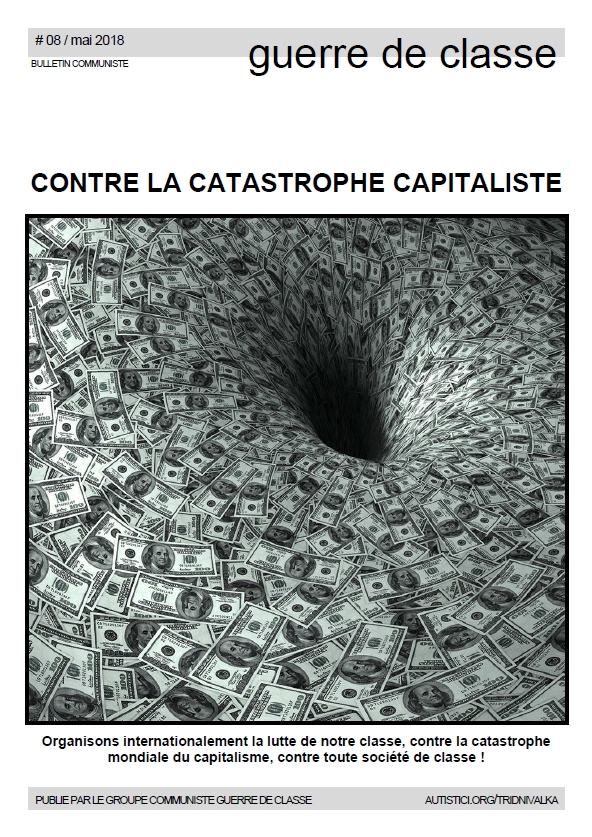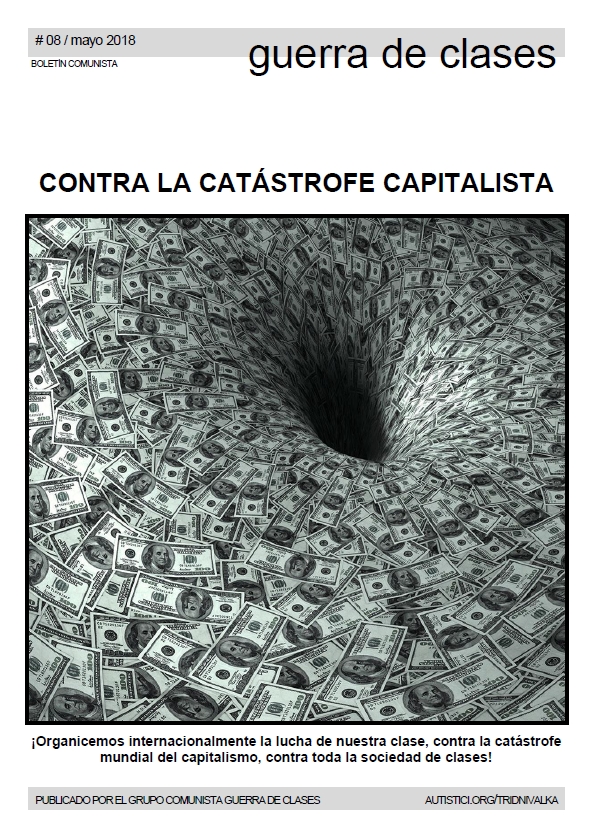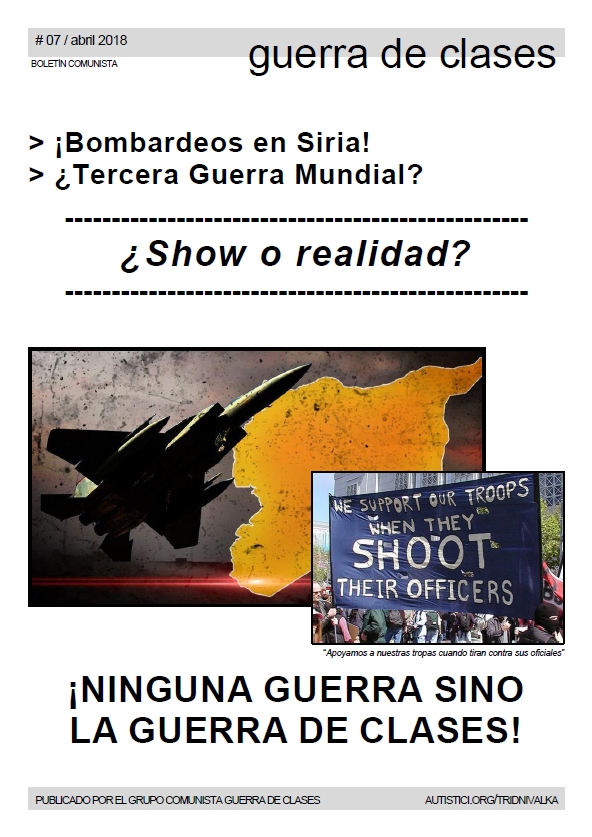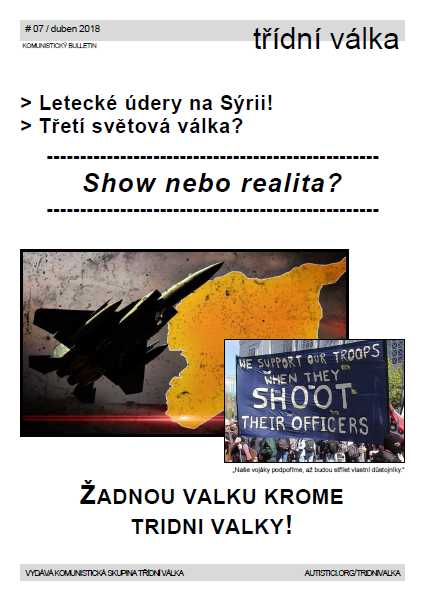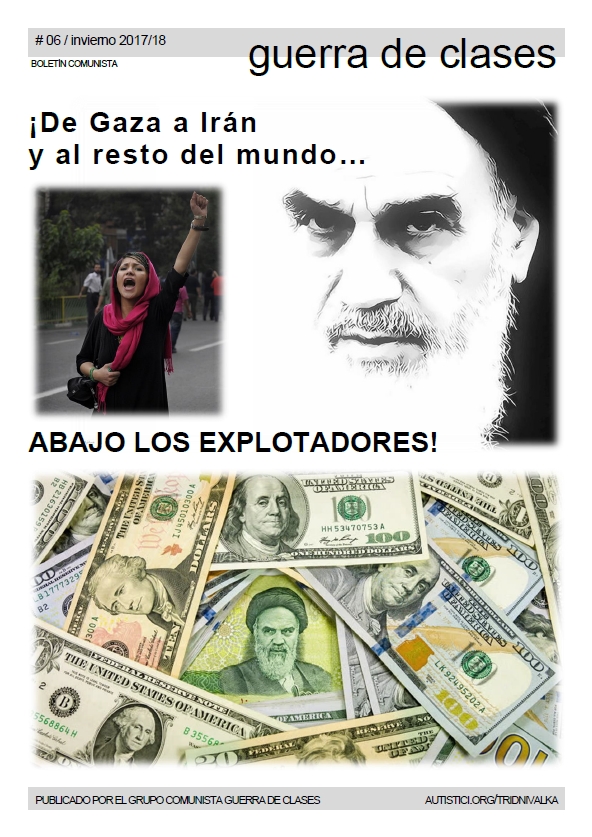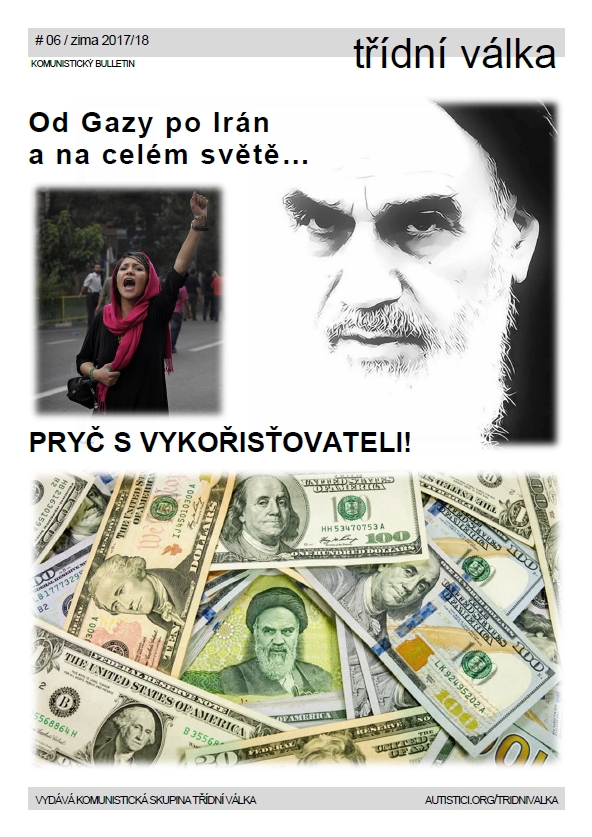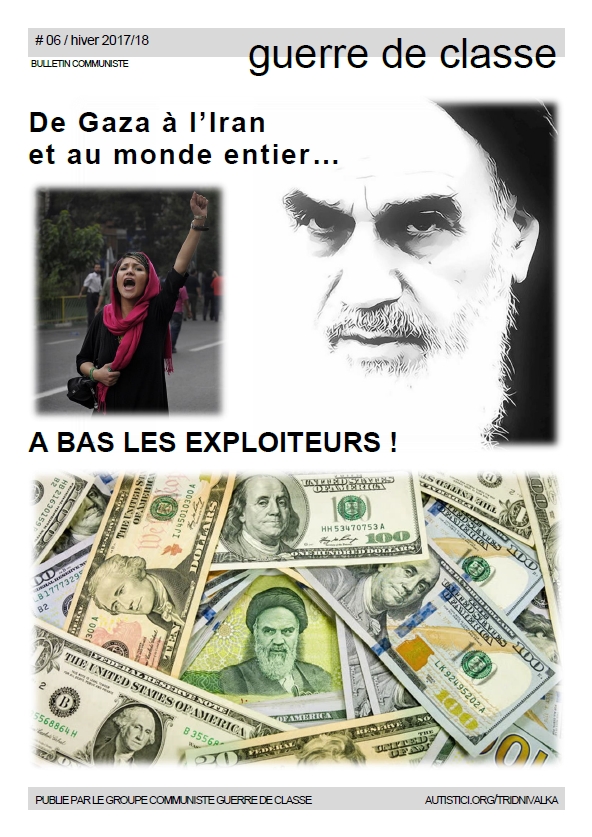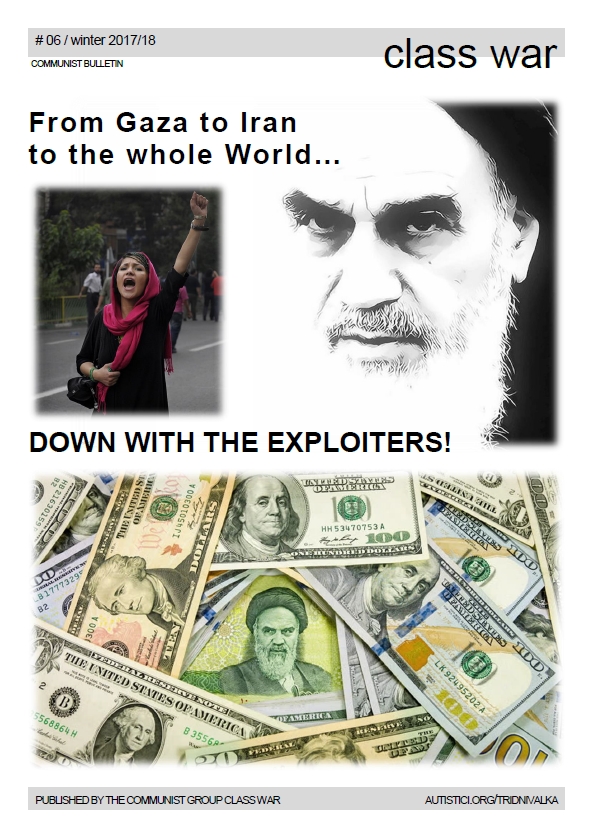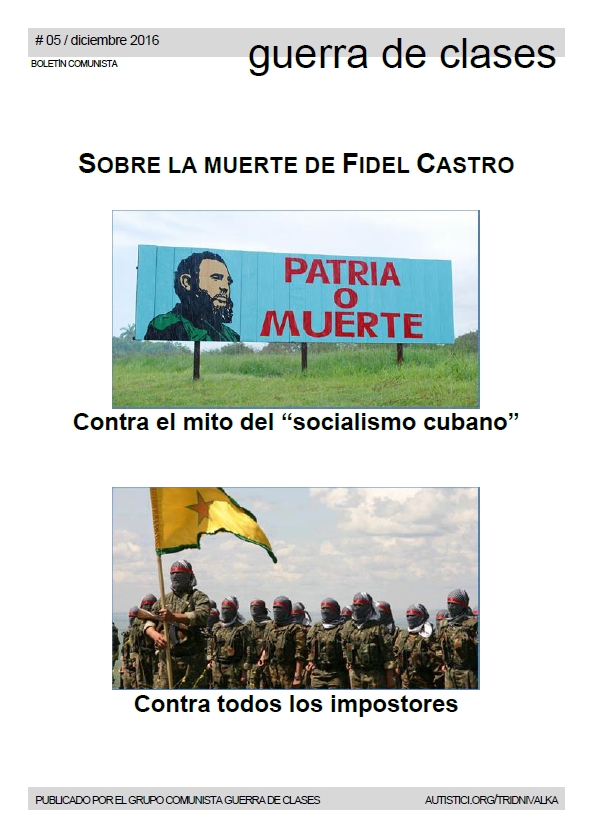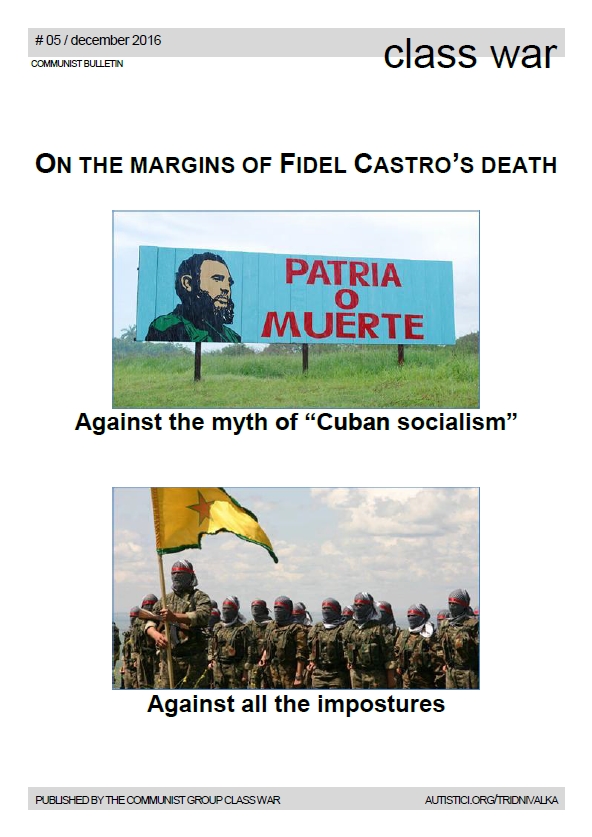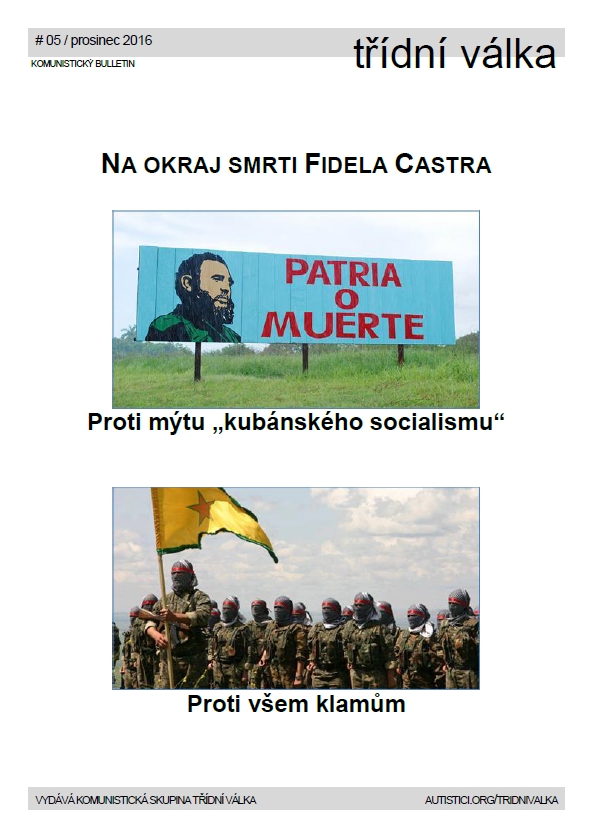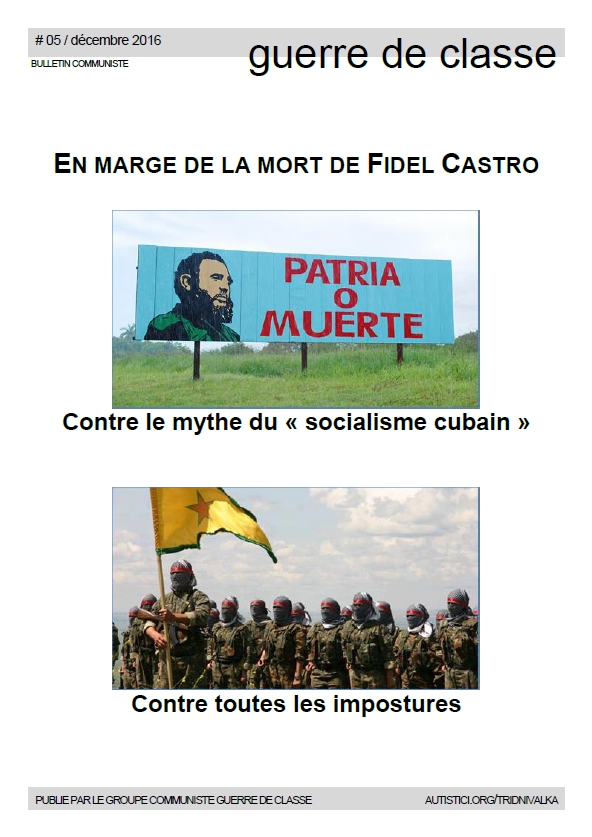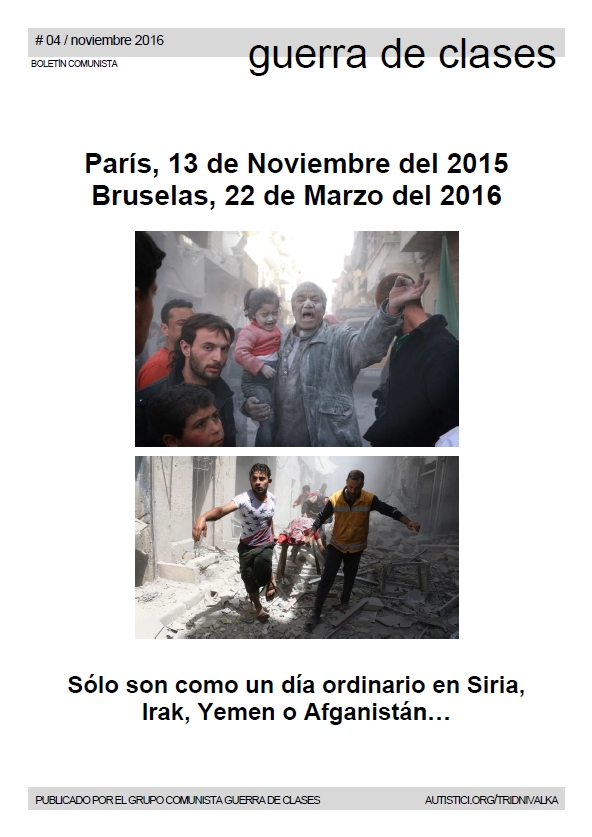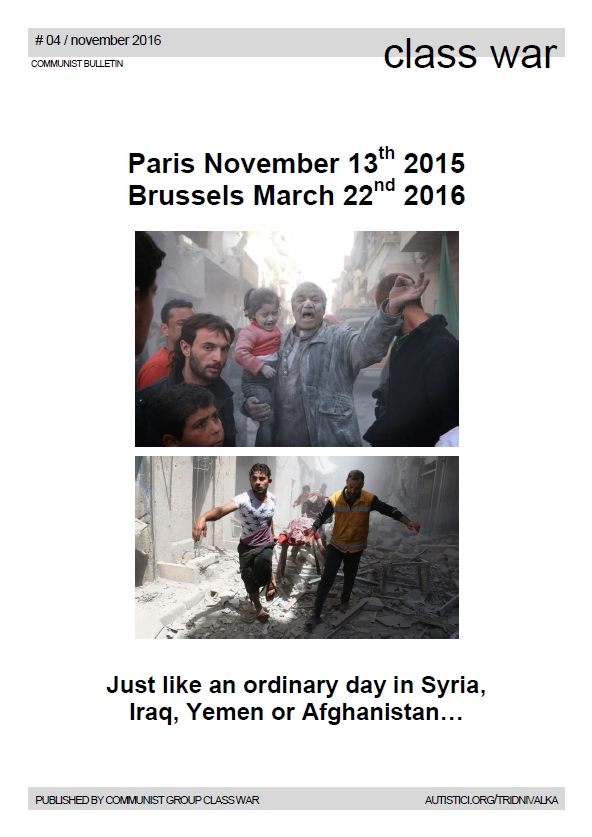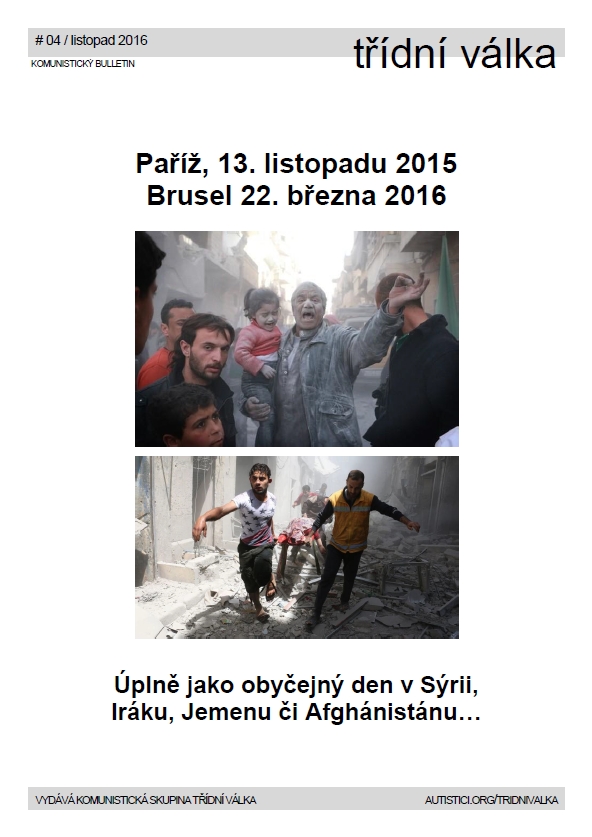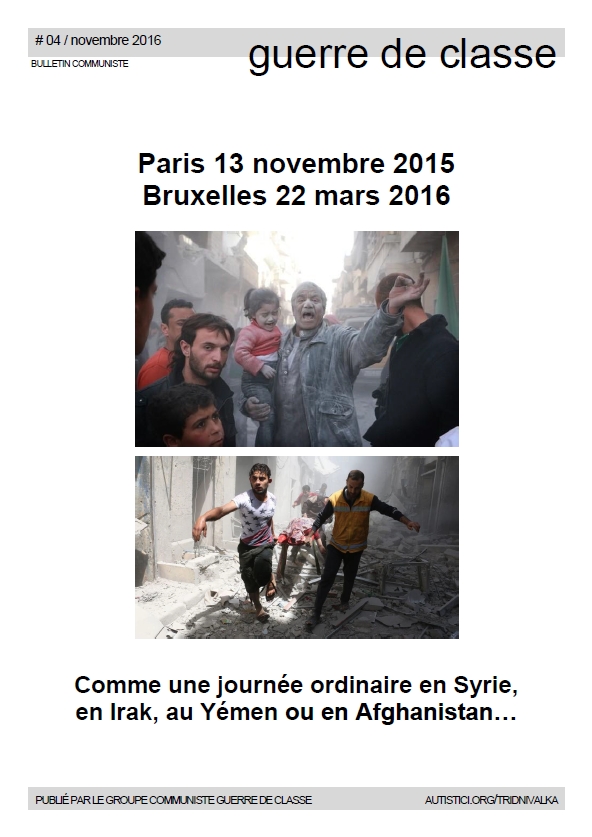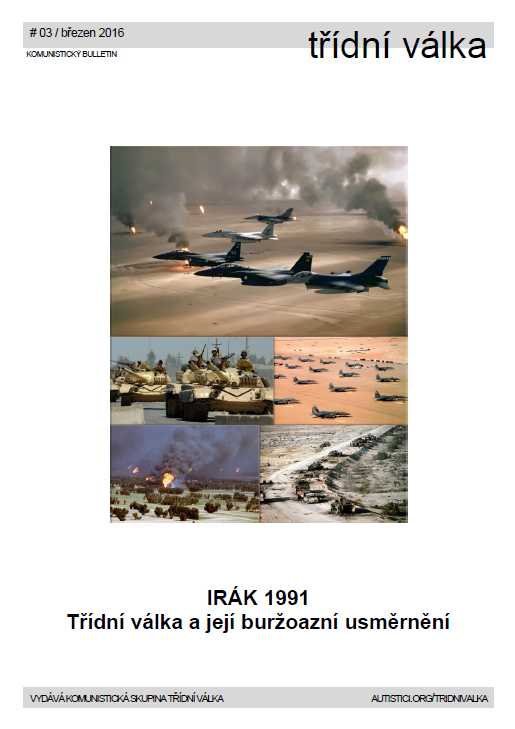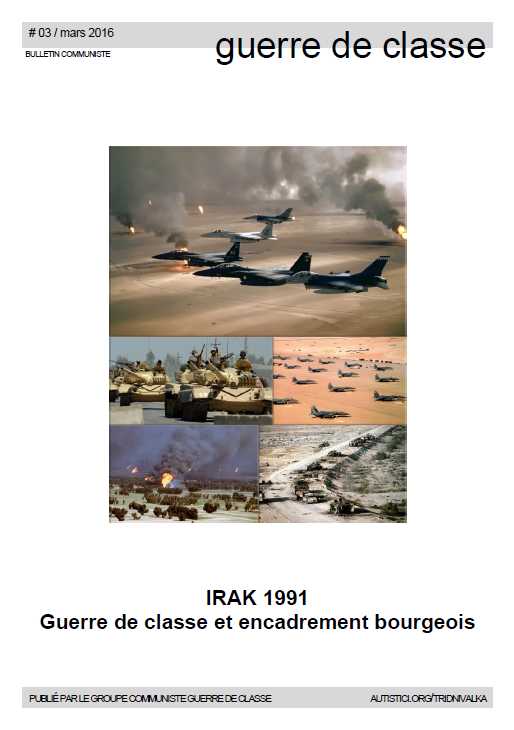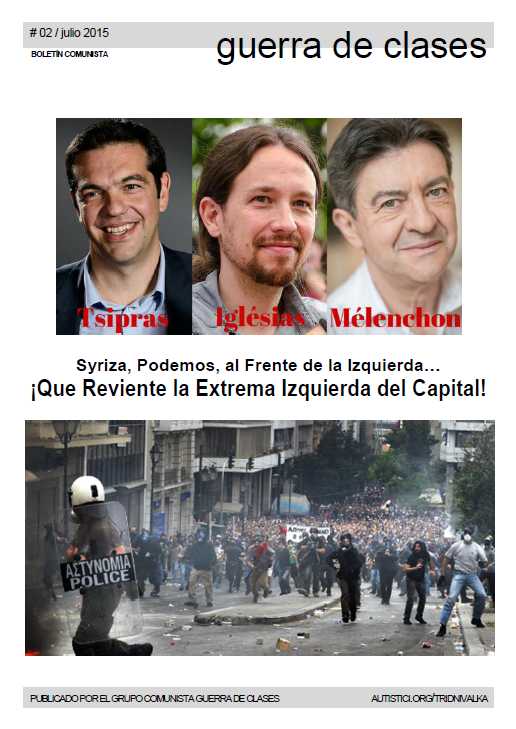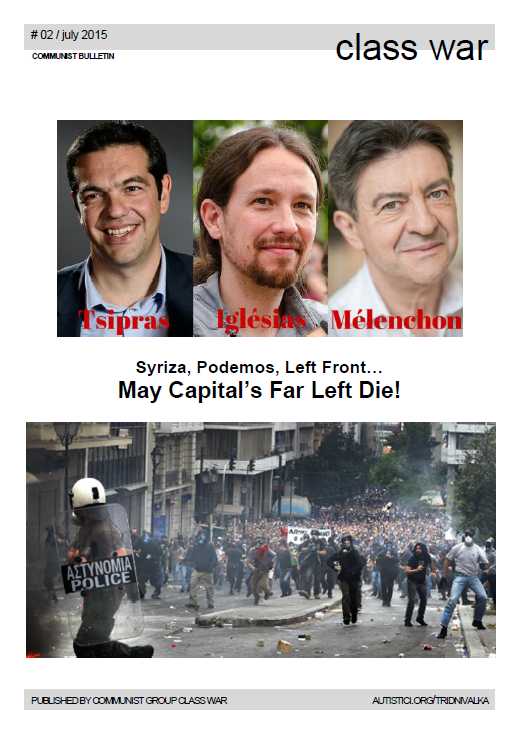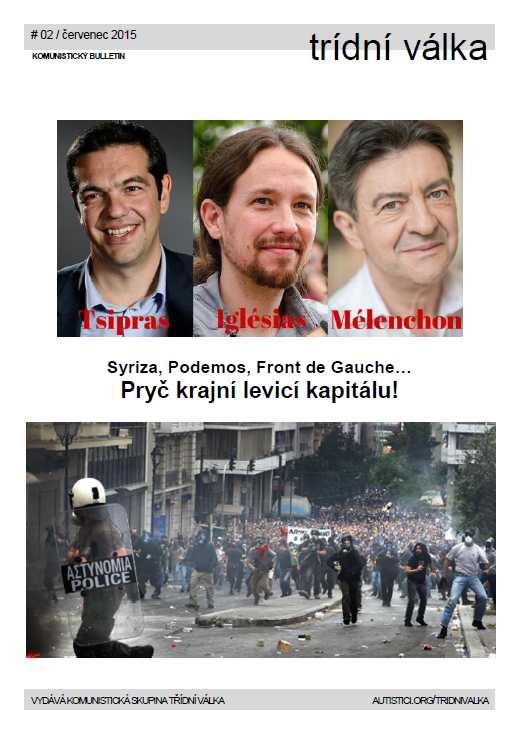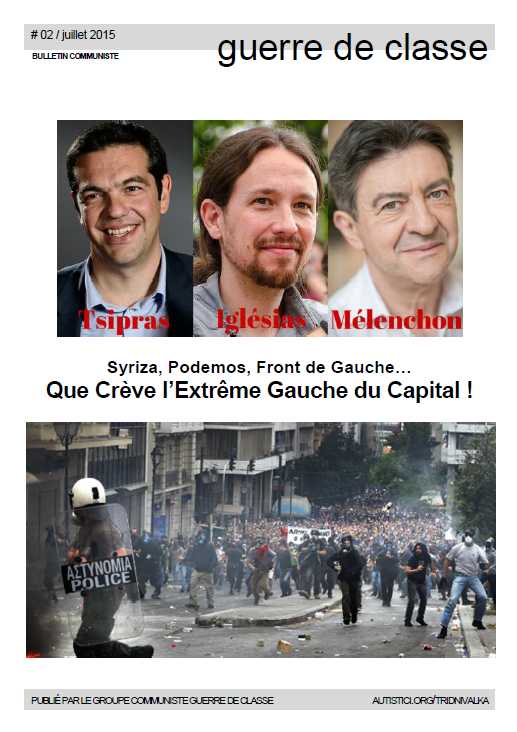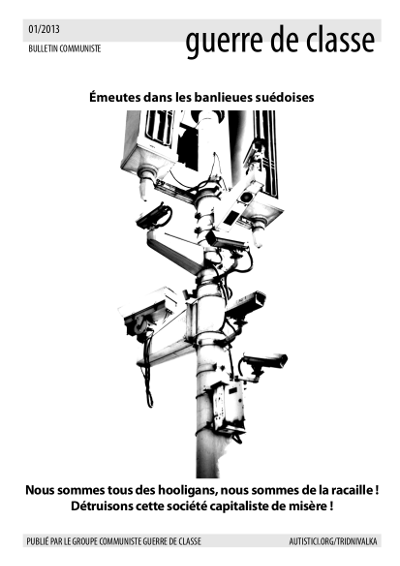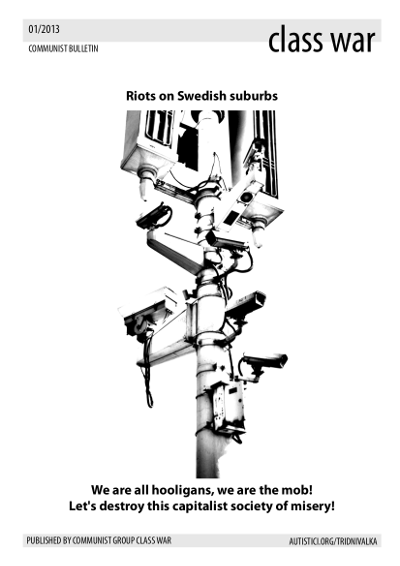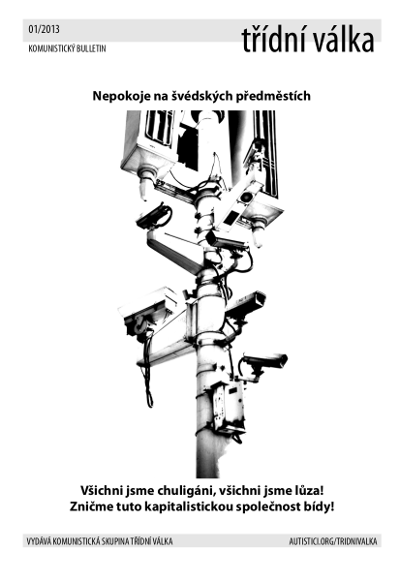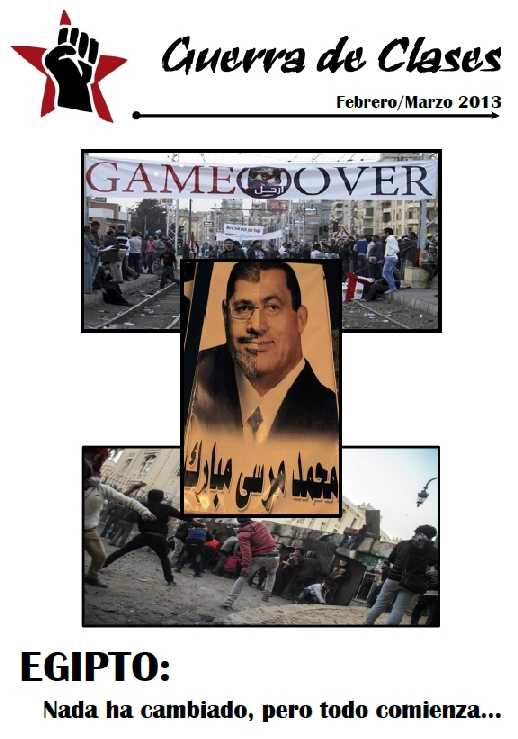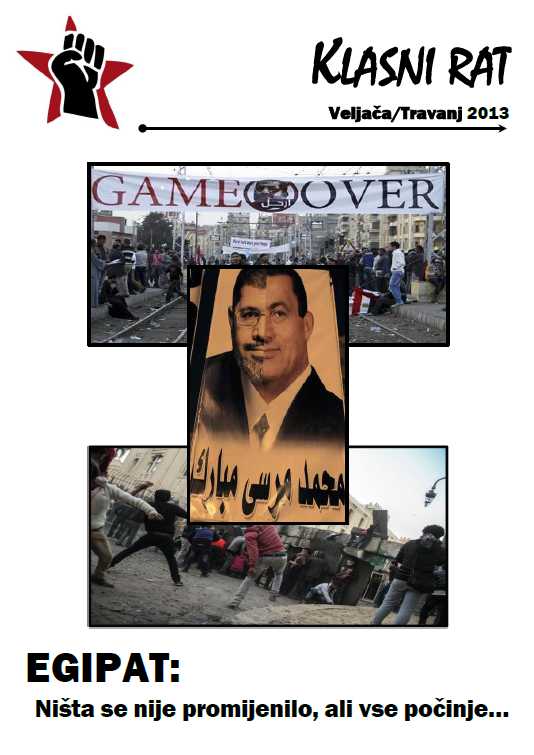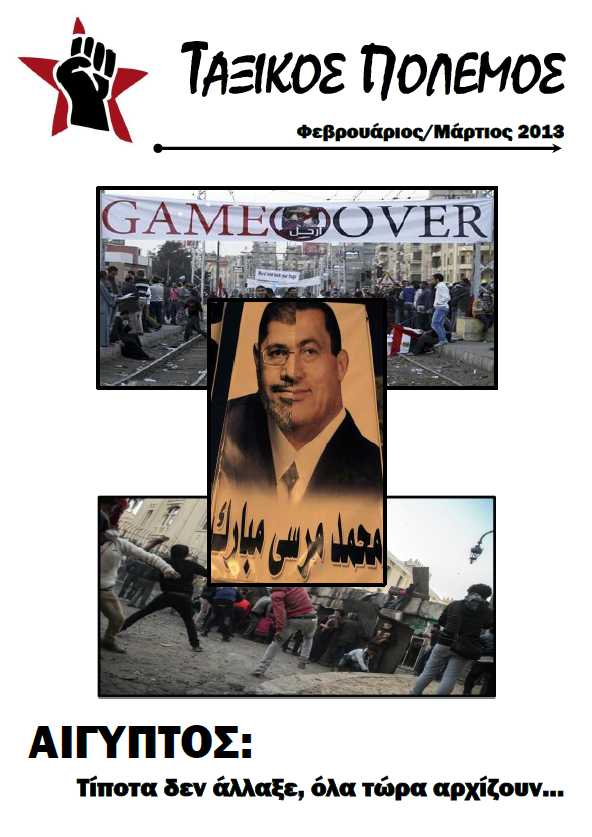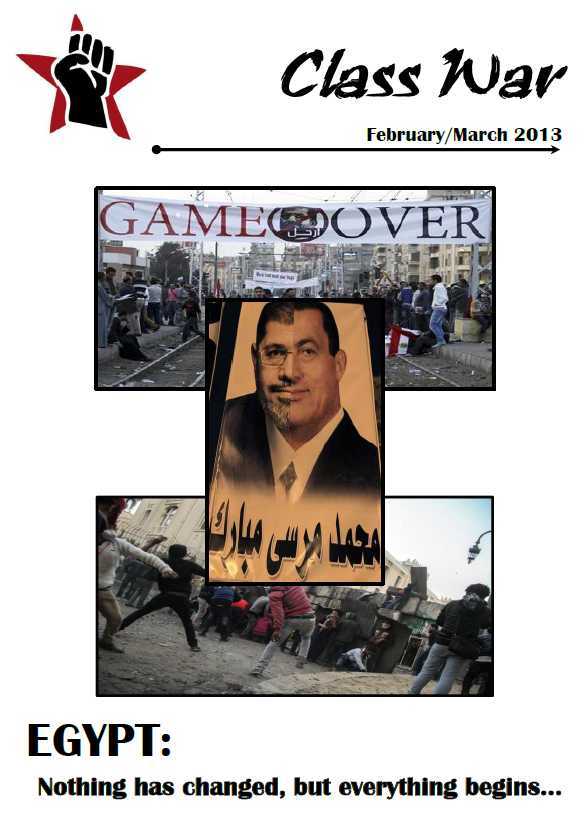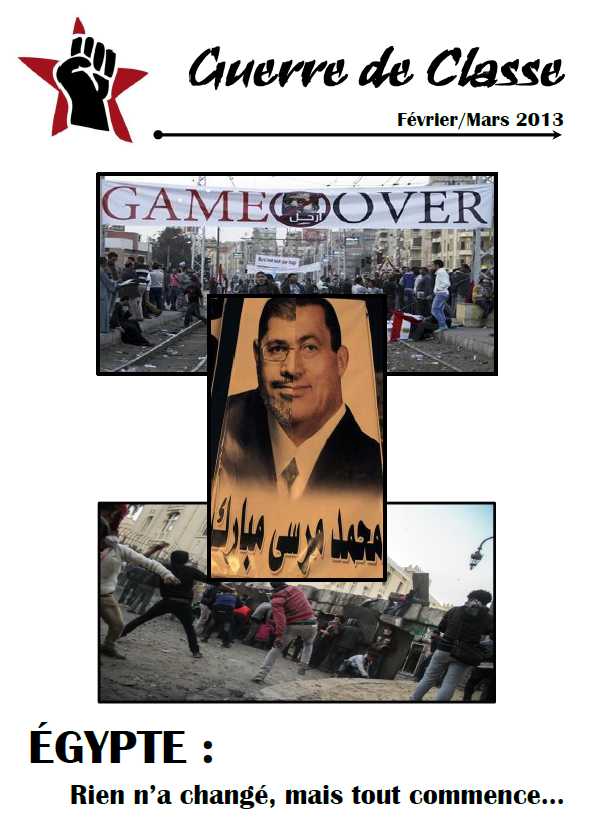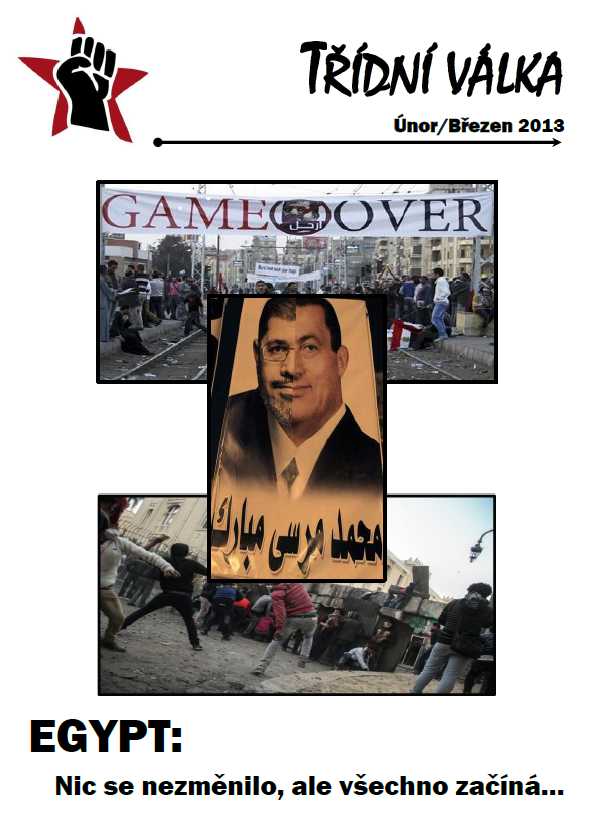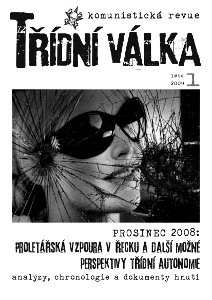| Español | English | Français | Čeština | Deutsch |
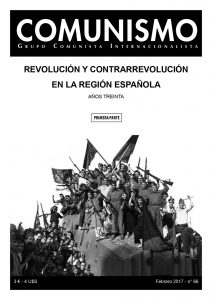
We publish here a historical document, elaborated in 1997 by comrades of the Internationalist Communist Group (ICG), which synthesizes in the form of theses the programmatic ruptures reached by our community of struggle regarding the revolution and counterrevolution in Spain during the 1930s.
These theses are a working document, a draft, and were intended to be criticized in order to obtain broader contributions for the publication of materials on this issue.
So far, only one complete review dedicated to this crucial issue has been published by the ICG (unfortunately only in Spanish), it’s the review Comunismo no.66,…
1.
The re-appropriation of our class history is a fundamental task for the organization and centralization of the proletariat in its struggle for the world communist revolution. In this way we can learn from these experiences, both mistakes and successes, and transform past defeats into a weapon of struggle for the present and the future.
2.
Capitalism deforms and disfigures the entire historical memory of our class. The fundamental ideological work carried out by the State consists in camouflaging the real class contradictions, in presenting them as internal antagonisms of the bourgeois system of power, in concealing the force of the revolution. In Russia, before and after 1917, they tried to deny the revolutionary force of the proletariat and its capacity to fight for a communist society, we were told that there was feudalism down there and, in the end, on the basis of that same social democratic conception which […] [predominated] by the Bolsheviks, an open policy of defense and development of capitalism has been applied. In the same way, in Spain, social democracy affirmed that the proletarian revolution could not be carried out because there was still feudalism and the proletariat first had to assume, carry out, the bourgeois democratic tasks. All the currents that defended the thesis of feudal Spain and bourgeois democratic tasks to be carried out quite logically stood diametrically opposed to the interests of the proletariat and its revolutionary movement, and struggled to transform the class struggle and antagonistic projects of both bourgeoisie and proletariat (capitalism and communism) into an inter-bourgeois struggle between forms of government and management of Capital. To this conception, to this decisive social practice in the counterrevolution, corresponds a certain vision of the history of Spain, a vision in which what happened would be a civil war between fascists and anti-fascists, between Francoists and Republicans.
3.
For us, on the contrary, the proletarian movement in the Spanish region during the thirties is the last revolutionary attempt of the greatest world wave of proletarian struggles so far, a period that began at the dawn of the 20th century (1904/1905), had its central phase between 1917/1921, and ended with the defeat of 1937. The world revolutionary movement in 1917/19 forced the war to stop. In the thirties, after the large and important defeats suffered until then by the international proletariat culminating with the popular-front repression and liquidation of the proletariat in China, Capital tended ineluctably to imperialist war, repolarizing the world between fascists and anti-fascists, affirming this way the need to impose its infernal cycle in order to continue reproducing itself in an expanded form. Faced with this tendency of the world bourgeoisie to resume the imperialist war, the proletariat only manages to respond by affirming its class terrain (the struggle for social revolution) in some countries like El Salvador, Austria, and mainly in Spain…, while in the rest of the world it finds itself disciplined in the popular and national fronts. After this series of historical milestones, in which the proletariat regionally confronts unified capital, the bourgeoisie succeeds in cornering it and subjecting it to its war. The last great battle of this resistance of the proletariat who refuses to submit to the capitalist war, where our class affirms the struggle against capitalism, was the struggle in Spain during the thirties. The defeat, the liquidation of proletarian autonomy that will occur particularly during the period from July 1936 to May 1937, transforming the class war in Spain into imperialist war, definitely paved the way to the generalization of capitalist war that will culminate in what will be later called “World War II”.
4.
During the twenties and the early thirties, in contradiction with the world situation of proletarian defeat, the agitation and struggle of the proletariat in Spain continued to grow. During the first half of the thirties the class confrontation reached exemplary levels.
Thus, for example, in May 1931 proletarian revolts took place in Madrid, Barcelona… where churches and convents were burned. Later that same year important proletarian movements took place throughout Andalusia as well as important strikes, in solidarity with the prisoners, first in Barcelona and then in Zaragoza, Algeciras, Bilbao, Huelva, Cadiz,… spreading to the whole country.
In 1932 the class confrontation continued to radicalize, characterized by increasingly violent battles between armed proletarians and agents of the order, both from action groups of one class and the other, as well as mass movements such as the one that took place in the province of Logroño in January, which ended up spreading throughout the country. In the mining basin of Alto Lobregat and Cardoner the proletarian revolt affirmed the revolutionary project trying to assume central aspects of the revolutionary dictatorship: money and private property are declared abolished and the need for revolutionary terror is assumed. Despite the violence of the republican repression, the movements continued throughout Spain and strikes were the daily bread of the proletarians: Alicante, Valencia, Granada, Tarrasa… In villages and entire regions libertarian communism is proclaimed, even if in some cases it was a mere declaration, while elsewhere the vanguard minorities try to impose by violence elementary measures against capitalism. The rural proletariat assumed in this phase an important role by expropriating the agricultural domains for example in the regions of Victoria, Zaragoza, Barcelona, Avila, Toledo, Seville, etc. Also the mining proletariat played an important role already at that time: in March there were important strikes in Asturias. Clashes between the forces of order and the proletarians in struggle took place all over the country: Toledo, Cordoba, Orense… throughout the year.
1933 opened with important struggles in Barcelona, Casas Viejas (Cadiz)… which culminated in the declaration of the insurrectionary strike throughout the country driven and framed by the CNT/FAI. The escape of prisoners from the Modelo prison is organized, once more churches are attacked and convents are set on fire. Libertarian communism is proclaimed in various places such as Sardanola-Ripollet and in towns and villages the red and black flag is waved. Azaña’s republic (to which the CNT/FAI would later submit) showed its capacity to bring State terrorism to its maximum expression: the order was given to shoot and kill insurgent proletarians. The brutal repressive blows did not prevent the proletariat from resuming the strike in May and occupying the streets in Madrid, Barcelona, Valencia, Burgos, Alicante, Seville, Granada, Bilbao… In December the movement of the proletariat reached its highest levels in Aragon and the surrounding areas: archives were burned, convents were set on fire, and there was an open struggle against the elections.
1934 also opened with important workers’ strikes: metalworkers and typographers in Madrid, gas and electricity in Barcelona, general strike in Zaragoza, as well as strike attempts by agricultural proletarians. But undoubtedly the highest point of that year was the proletarian insurrection in October 1934, known as the “insurrection in Asturias”. Despite the violence of the movement in Bilbao and given the unsuccessful attempts in Barcelona and Madrid, the movement was quickly confined to the region of Asturias, especially in the large mining concentrations. The general strike carried out by the proletariat unified under the banner of U.H.P. (Union of Proletarian Brothers) immediately assumed an armed and insurrectionary character, escaping the grip of unions and parties (mainly the P.S.O.E.) which tried to control it. The mining proletariat took the city of Oviedo using dynamite and some weapons, also in other cities like Gijon the movement was directly insurrectionary. The arms factories were attacked, as well as the centers of power, expropriation were made and there were attempts to organize the production on other bases; but the rapid failure of the insurrection in the rest of the country and the limits of the proletarian armament allowed the State to isolate the movement and concentrate all its forces to defeat it. After a terrible 20-day struggle and a bloody repression, the State imposed the restoration of order. The repression and generalized terrorism of the State will characterize the rest of 1934 and throughout the year 1935. After the isolation and defeat of the Commune of Asturias in October 1934, great struggles continued to take place all over Spain, but at the same time the popular-front and anti-fascist ideology was imposed more and more in the organizational structures of the proletariat until the electoral triumph of the Popular Front and the amnesty of political prisoners, which already constituted forms of democratic channeling of the proletarian struggle developed so far.
In 1936 the proletariat is capable to arm itself, to confront and defeat fascism but at the same time it is paralyzed facing the republic. The tendency to “go all the way” and to the “dictatorship of anarchy”, which had been expressed everywhere before, was losing strength in front of anti-fascists who, by the way, found support for their theses in July 1936 into the threat of the French and English fleets. With the shameless “antifascist collaborationism” of the CNT, FAI, and POUM since July 1936, the proletariat lost autonomy against the bourgeois State which, on this basis, managed to disarm it and frame it into antifascist and fascist armies. The last great generalized resistance of the proletariat took place in the glorious days of May 1937, when the proletariat found itself alone in the streets confronting all the structures of the bourgeois State, including not only its Stalinist and socialist Republican repressors but also what once had been its organizations, the CNT, FAI, POUM…
5.
Once again, the defeat of the proletariat in Spain occurred because it failed to organize itself as a class and as an autonomous party against all the bourgeois forces. And all this thanks to the social democratic conception and policies of the lesser evil, of the support for progressive democracy, of the alliance of the ill-named “workers’ parties”. The Workers’ Alliance of October 1934 between PSOE, BOC (later POUM), PCE and sections of the CNT, was followed by the Popular Front of early 1936 against fascism, which brought together PSOE, PCE, POUM, CNT and a whole series of open bourgeois parties (ERC, Azaña…). The constitution of the Popular Front and the anti-fascist alliance meant the rapid and total dissolution of the proletariat’s class autonomy and its recruitment into the inter-bourgeois war, firstly in Spain and later in the Second World War in the rest of the world.
6.
The Popular Front (and more precisely the duality fascism/anti-fascism) is the tactic used at that time by the bourgeoisie against the proletariat to liquidate its class autonomy. The phenomena of fascism, Nazism, popular-frontism, Stalinism, which developed in those years, have all of them the same basic characteristics of national conciliation, mass mobilization, apology for work and large-scale production, and they lead all of them to the renunciation of proletarian interests, to the national effort and ultimately to imperialist war, where the only role of the proletariat is that of cannon fodder. Despite the active resistance of the communist and internationalist factions, the proletariat failed to break with those currents and ended up playing exactly that role of cannon fodder. Spain is then the last country where the proletariat fought a great revolutionary battle throughout the period and at the same time the first country where world capitalism succeeded in concretizing the channeling of all proletarian energies in the fascist/anti-fascist war whose climax will be the world war.
7.
The struggle in Spain during the thirties insofar as it culminated in the transformation of social war into imperialist war and in the destruction/liquidation of the proletariat finalized the counterrevolutionary process that was already generalized in the world. The role played by social democracy, as a bourgeois party for the workers, had been fundamental in this respect. That role was played by PSOE, PCE, POUM and CNT. While the first and second have an openly bourgeois program and they were opposed to the proletarian revolution (bourgeois democratic tasks…) it will be in the two others that the proletariat structured its struggle. There are no other mass organizations of autonomously organized proletarians. The armed insurrection was organized on the basis of militant structures of the CNT, FAI and small groups, which claimed to be part of these structures although they were not officially recognized. Minorities and groups claiming to belong to the CNT were the vanguard of proletarian expropriations and autonomous action of the working class against capitalism. The unorganized proletarian masses also saw in the CNT their organization. However, both because of its overall social practice (the CNT was mainly a trade union and functioned as an apparatus of the bourgeois State) and its conception (predominance of an anarchist ideology incapable of conceiving the struggle against Capital and the State), this organization which framed the vanguard of the proletariat could not give any other direction than that of anti-fascism. Indeed, long before 1936, the CNT had confirmed its social democratic nature and during the elections of that year, as well as subsequently, it proved to be an apparatus capable of functioning as the left wing of republicanism and the Popular Front. Moreover, during the months prior to the insurrectionary assault of July 1936, an openly anti-fascist (i.e. bourgeois) line had been imposed which no longer designated as an enemy the bourgeoisie and the capitalist social system, but fascism. Although this practice was denounced within the CNT itself (for example, at the Zaragoza Congress), popular-frontism was totally imposed in the renunciation of revolutionary abstentionism and in the active participation in elections on the side of the Popular Front.
8.
In the struggles in Spain, the proletariat reached very important degrees of autonomy and gave evidences of the scope of the revolution it contains. It is important to emphasize the concretization and radicalization of the struggle, the autonomy of the proletarians in arming themselves and taking the centers of power on various occasions such as in October 1934 and July 1936, the ruptures of groups or factions that went further than their own organizations, the rapid spread of guidelines and practical attempts to fight against private property, the expropriations of land and factories, the attempts to abolish money, the search for collective production organizations and the search for other forms of production and distribution, etc. However, the prevailing anti-authoritarian, anti-dictatorial, social democratic ideology dispersed this formidable energy into thousands of small actions without organic force capable to break capitalism. The prevailing managementist conception was perfectly complemented by the anti-fascist policies and together they prevented the proletariat from imposing its own interests on the basis of its revolutionary dictatorship. This extraordinary movement of the proletariat did not have a revolutionary direction in the strongest sense of the term and instead there was a formal direction which did not correspond to the real practice of the movement and which led it to the dead end of anti-fascism and radical managementism: the formation of collectivities in peaceful coexistence with the capitalist economy.
9.
In 1936, the proletariat armed itself and conquered the street against the bourgeoisie, private property and the State. But it found itself politically disarmed by the social democracy organizations which with their anarchist and secondarily socialist and Leninist ideologies led it bound hand and foot to accept the discipline of anti-fascism (anti-fascist militias), the bourgeois republic (democratic legality), capitalist management (collectivities). Although the military, political and economic aspects of the class struggle are inextricably linked, we could schematize the imposition of the counterrevolution by dissociating these aspects in order to present it more clearly. Militarily, the class struggle had been liquidated by subjecting the proletariat to the military front led by the republican bourgeoisie. Politically, the entry and collaboration of these organizations with the republican government was a confirmation of both their incapacity to give the situation a revolutionary solution and their counterrevolutionary policies of class conciliation. In the economic sphere, the ideology which claims that production can be organized on a revolutionary basis without the dictatorship of the proletariat, which centrally destroys private property (commodity, money, wage labor…), led to channel the proletarian energy into the management and reproduction of the mercantile economy. All the revolutionary energy of the proletariat had been liquidated by anti-fascism (imperialist war) and managementism (collectivities) imposed by the CNT and POUM, which have largely complemented the criminal role played in the anti-fascist camp by the PCE and PSOE. Given the coherence between the social practice and ideology (as well as previous practices) of all the great labelled left-wing parties, it is absurd to speak of treachery. In the same way that formal social democracy did not betray in 1914, but fulfilled its historical role as a bourgeois party for the workers, and the murders of revolutionaries and the torture houses used by the PCE confirmed its counterrevolutionary role, the centrist role played by the CNT and POUM, organizations which started from the struggle of the proletariat, from its needs and organizations that made revolutionary declarations in order to promptly submit it to the needs of war and capitalist economy, had been confirmed by the counterrevolutionary practice of these organizations. This was essential to better frame the proletariat and liquidate it on the terrain of the anti-fascist war and capitalist military production; and far from constituting a betrayal it meant the confirmation of the general conception of these organizations and their policies of previous years.
10.
The defeat of the insurrection of May 1937 (the most explicitly anti-bourgeois, anti-Stalinist and anti-Republican insurrection) is caused by the fact that radical anti-fascism succeeded to completely disarm the insurrectionary proletariat, notably thanks to the leadership of the CNT, the POUM and their Ministers. The paralysis/liquidation of the insurrection and the return to work advocated by these organizations gave a complete free hand for torture, disappearance and murder practiced by the Stalinists in order to disarm the revolution. As during other insurrectionary attempts, in April 1931, October 1934 and July 1936, the proletariat did not affirm a genuinely revolutionary direction of its own, unwilling to compromise and to accept the calls for social peace from anti-fascism. Its formidable revolutionary impulse managed to be liquidated by the selective physical repression, ideology of return to work and anti-fascist battle front imposed by the CNT and POUM.
11.
Faced with the development of the confrontations and after the defeat of the proletariat in Spain, the proletarians throughout the world found themselves unable to act in solidarity with it as needed to prevent its isolation and liquidation. This was mainly due to the weakness of the internationalist proletarian movement in that period, since it had been defeated everywhere. Despite the struggles in France in June 1936, in Mexico… the movement was in a situation of isolation at the international level. The world bourgeoisie succeeded in disguising the real class antagonism of the “civil war” in Spain and in selling it to the world public opinion as a war between Republicans and Fascists, which led the revolutionary proletariat in Spain into a very deep political isolation. The more the fascist and anti-fascist flags with national colors were imposed internationally and the more the proletariat was mobilized into the International Brigades, the more the revolutionaries and internationalists in Spain found themselves alone to confront the world capitalism.
In particular, the role of the Communist International, the USSR and the different CPs, as well as their different critical supporters (above all Trotskyism in its multiple variants) was fundamental for that isolation. The more they recruited for anti-fascism, the more the international possibility of internationalist action in community of action and struggle with the proletariat in Spain was liquidated. It is obvious that there is a direct relation between the needs of the USSR as a capitalist power competing with other capitalist powers and the defense of this or that “tactic” in the CI. That of the Popular Front, which had in Spain its clearest confirmation as a force of liquidation of the revolutionary energy of the proletariat, obeyed the imperialist interests of Capital in that region of the world.
12.
Against all these bourgeois forces only a handful of comrades scattered throughout the world have rejected equally fascism and anti-fascism and continued the invariant struggle of the Party against world capitalism and the State. We consider very important, not only for the analysis of the past but for the future struggle, the contributions of those various comrades, more or less organized in communist groups or factions in different countries of the world. One of the fundamental axes of the publications that will be carried out will be precisely that of the historical rescue of the best of these materials. Without this decisive work of re-appropriation, the proletariat would always have to start over again its own history, repeat the same errors and improvise on-the-spot the direction to take. Without that decisive contribution, the internationalists of today and tomorrow would not have all that background of experience and revolutionary theory, which constitutes the most decisive and powerful weapon of the gestation of a revolutionary direction that ensures the triumph in the next wave of proletarian struggles.
English translation: Los Amigos de la Guerra de clases
